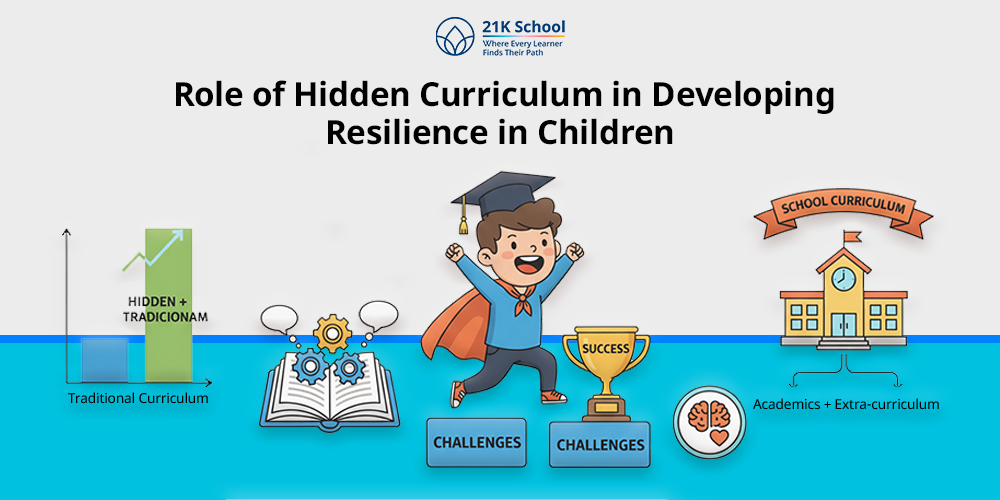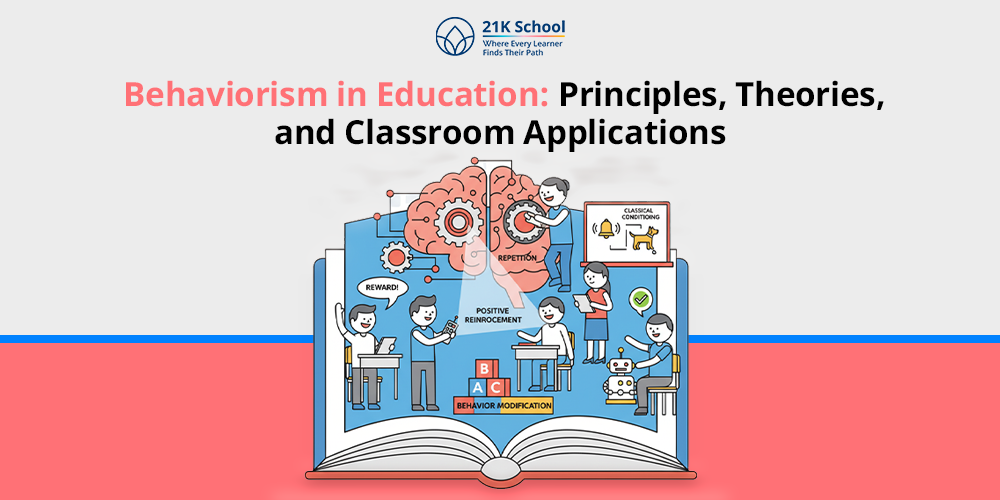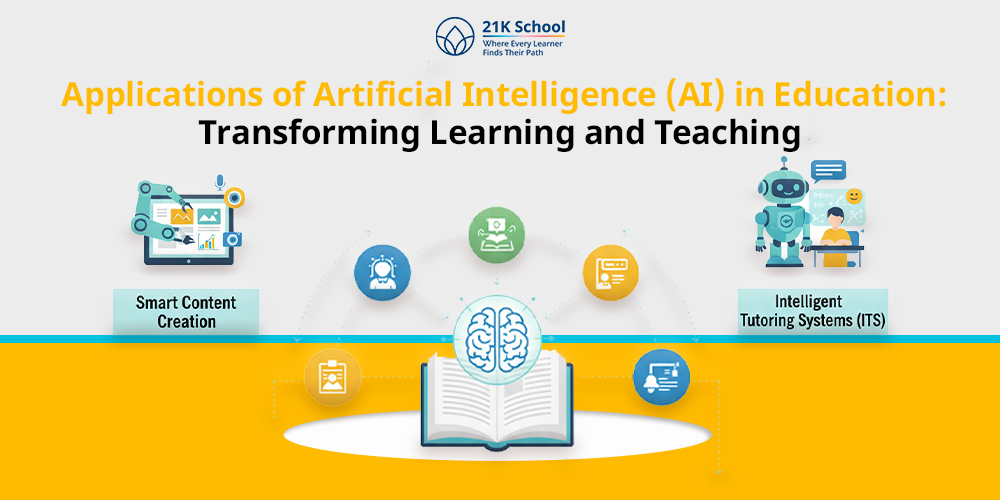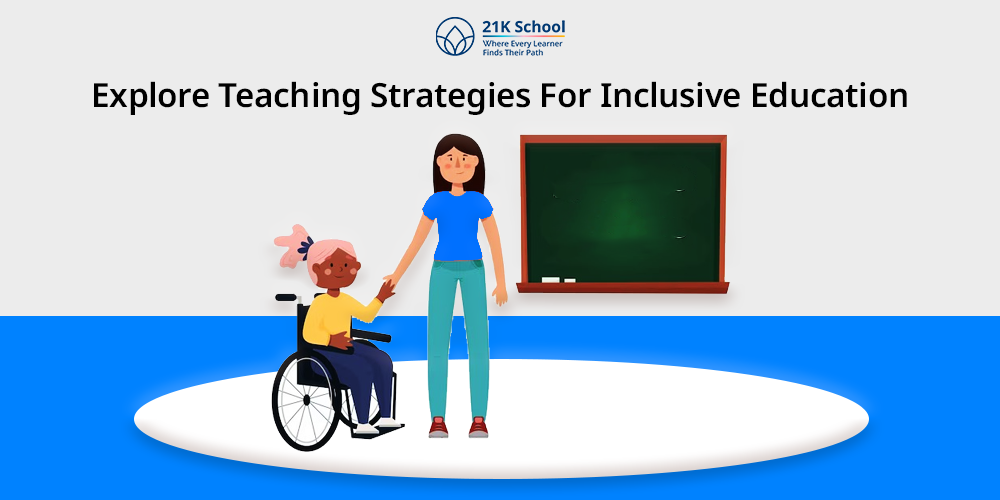
Classroom is a learning space where every student, regardless of their background, or ability, is welcomed, valued, and supported by everyone.
Does it sound ideal? If yes, that’s the meaning of inclusive education . There are many benefits of inclusive education which you can learn here.
In 21st century schools with diverse classrooms, no two students are exactly the same or think the same.
Some kids require visual aids to learn new topics, others might learn better through discussion or real life experiments.
There are few students who also face challenges physical, emotional, or learning that require extra support.
To meet all these different kinds of requirements and engage students, teachers must use some strategies. That’s where inclusive teaching strategies come in.
Here we will understand everything about inclusive teaching methods and strategies for inclusive education. Let’s begin!
Contents
What is Inclusive Teaching?
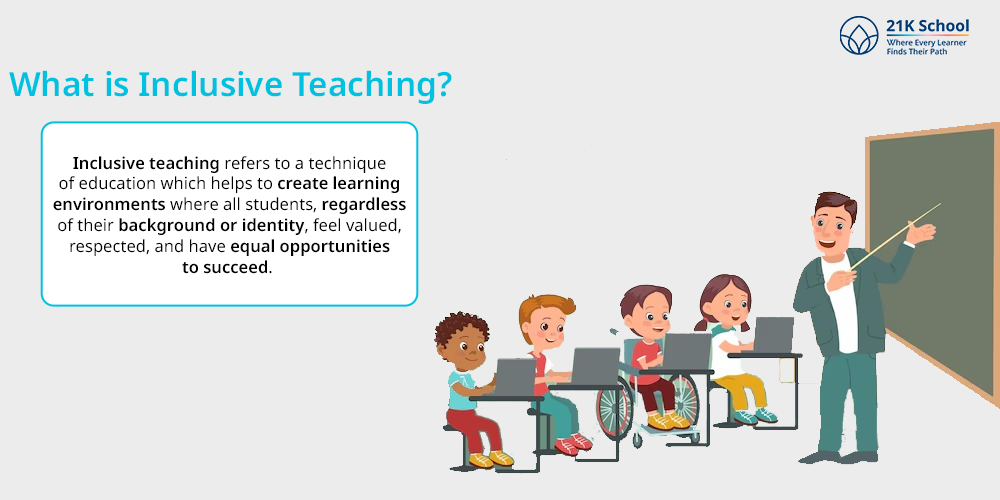
Inclusive teaching refers to a technique of education which helps to create learning environments where all students, regardless of their background or identity, feel valued, respected, and have equal opportunities to succeed.
The objective is to tailor instruction and classroom environments that accommodate diverse learning requirements, preferences, and experiences. Teachers should know how to promote inclusive education in schools .
Inclusive teaching provides flexible and engaging space that benefits all students, not just those with identified needs. Understand the importance of inclusive education for all students.
9 Teaching Strategies for Inclusive Education
Inclusive teaching is all about creating a learning environment where every student gets equal opportunities.
It includes various teaching strategies to accommodate diverse students. Key strategies or approaches include implementing Universal Design for Learning, differentiated learning , etc.
Let’s elaborate each clearly:
1. Universal Design for Learning (UDL)
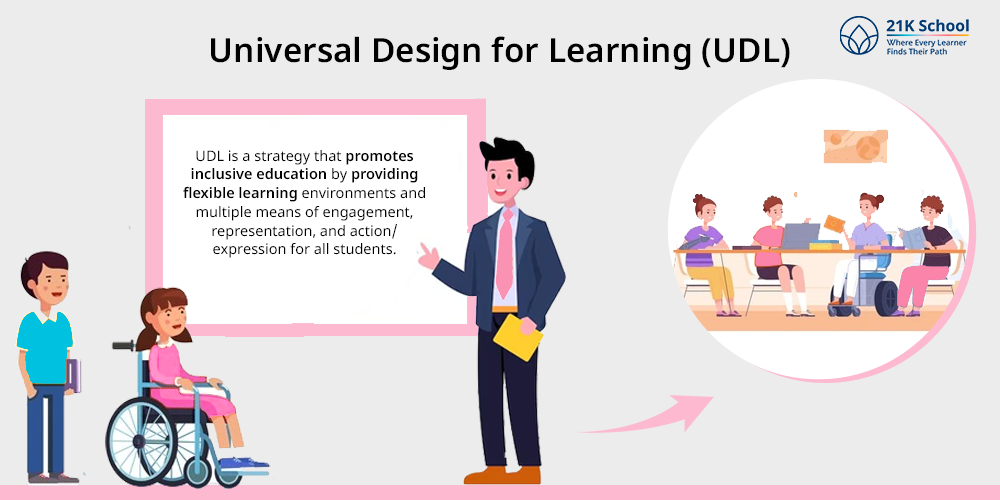
UDL is a strategy that promotes inclusive education by providing flexible learning environments and multiple means of engagement, representation, and action/expression for all students.
The objective is to remove obstacles from students’ learning. By using these ways into lesson plans, teachers help kids in effective learning.
2. Differentiated Instruction
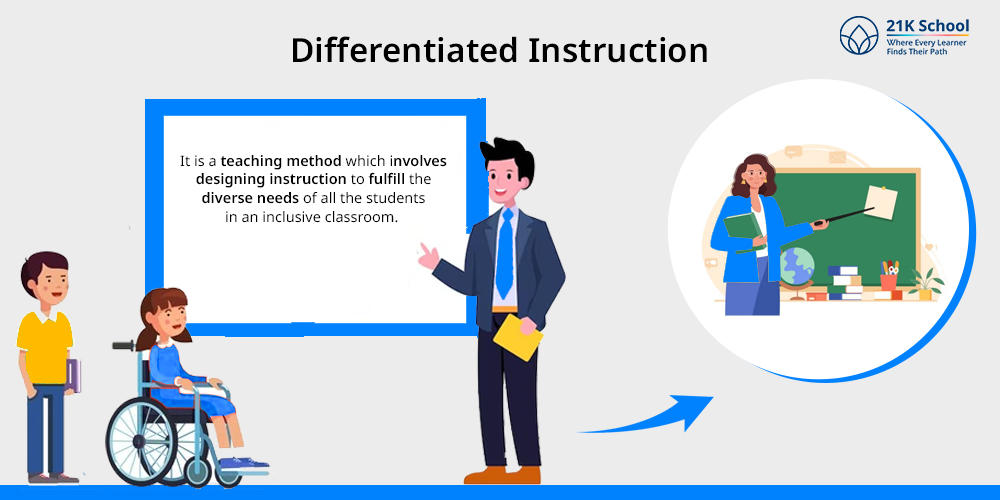
Differentiated instruction is a teaching method which involves designing instruction to fulfill the diverse needs of all the students in an inclusive classroom .
This strategy works on modification of content, process, product and learning environment. Differentiation ensures that every student receives the right level of challenge.
For example, high qualified students get complex problem-solving tasks, while others might use guided scaffolds.
3. Culturally Responsive Teaching
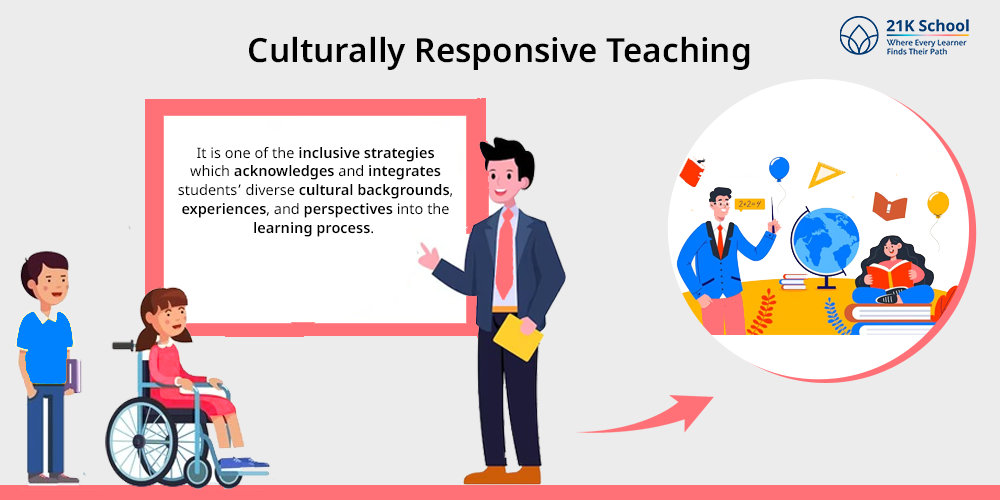
Culturally responsive teaching or CRT is one of the inclusive strategies which acknowledges and integrates students’ diverse cultural backgrounds, experiences, and perspectives into the learning process.
Including this strategy teachers can provide a learning environment where all students feel valued, respected, and motivated to succeed.
4. Collaborative Learning
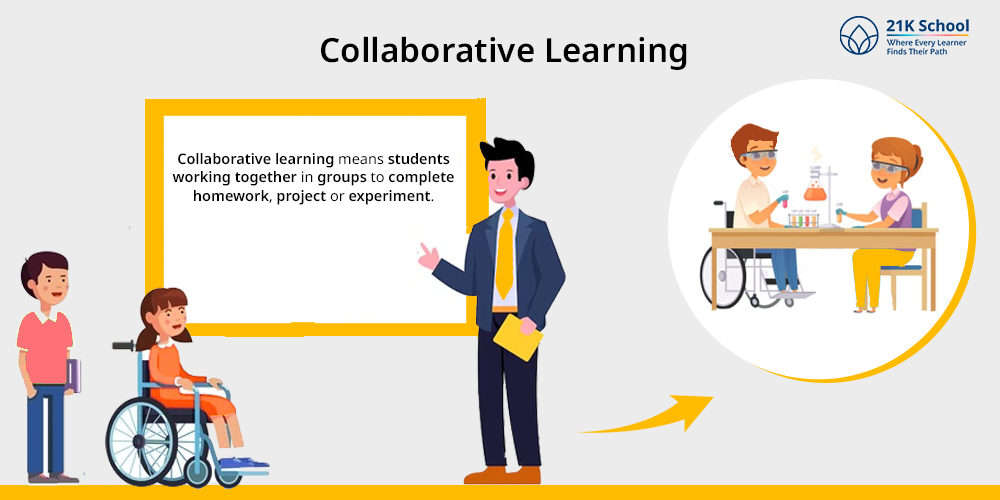
Collaborative learning means students working together in groups to complete homework, project or experiment. It is a powerful teaching strategy for inclusive education.
This encourages student to student interactions, improves communication skills , and teamwork, promoting a sense of community and belonging.
5. Accessible Materials

Accessible materials refers to students who can access and engage with learning content and material. It offers fair chances for learning and personal development.
Teachers need to focus on using captions in videos, offering screen reader-compatible documents and text alternatives to images and charts in inclusive classrooms.
6. Positive Classroom Climate
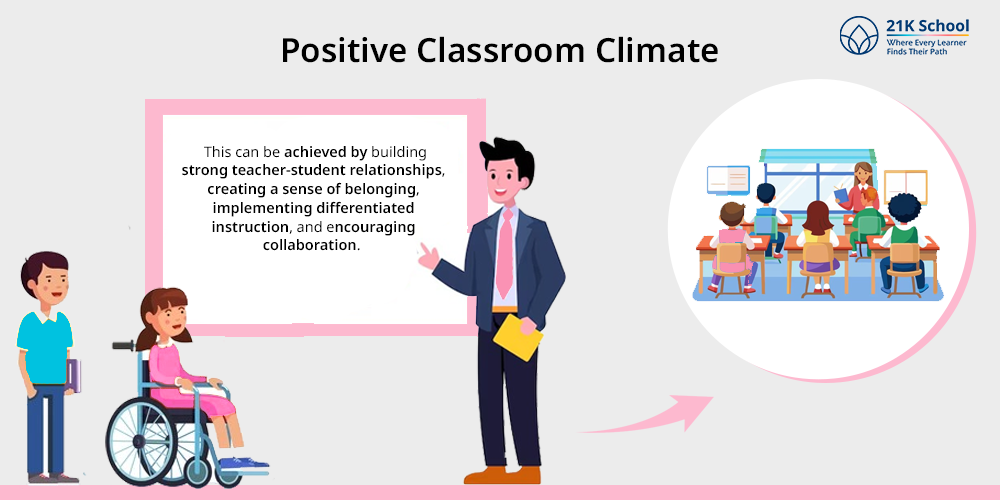
A positive classroom climate in inclusive education is comparatively more welcoming and supportive than a normal classroom.
However, this can be achieved by building strong teacher-student relationships, creating a sense of belonging, implementing differentiated instruction, and encouraging collaboration.
7. Involving Students in the Learning Process
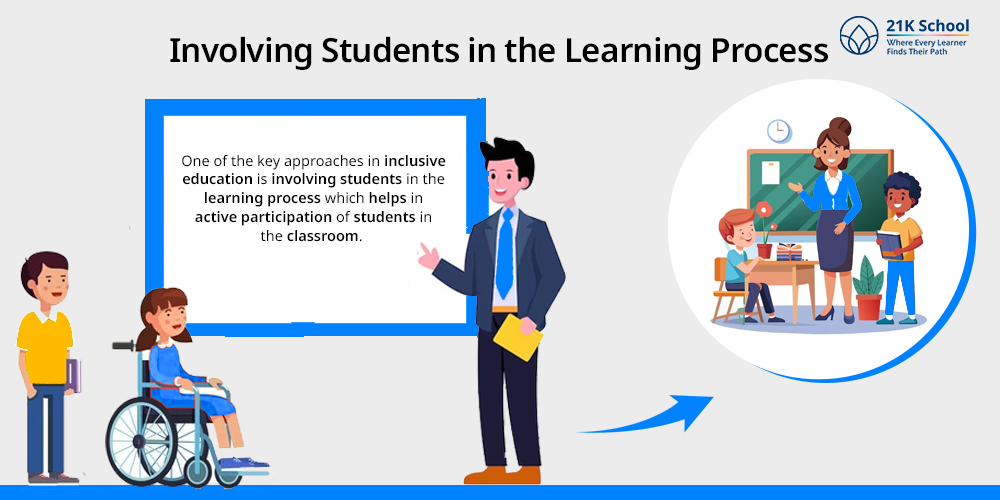
One of the key approaches in inclusive education is involving students in the learning process which helps in active participation of students in the classroom.
Strategies include differentiated instruction, cooperative learning, and creating a positive environment where students feel comfortable sharing their feelings and ideas.
8. Addressing Individual Differences
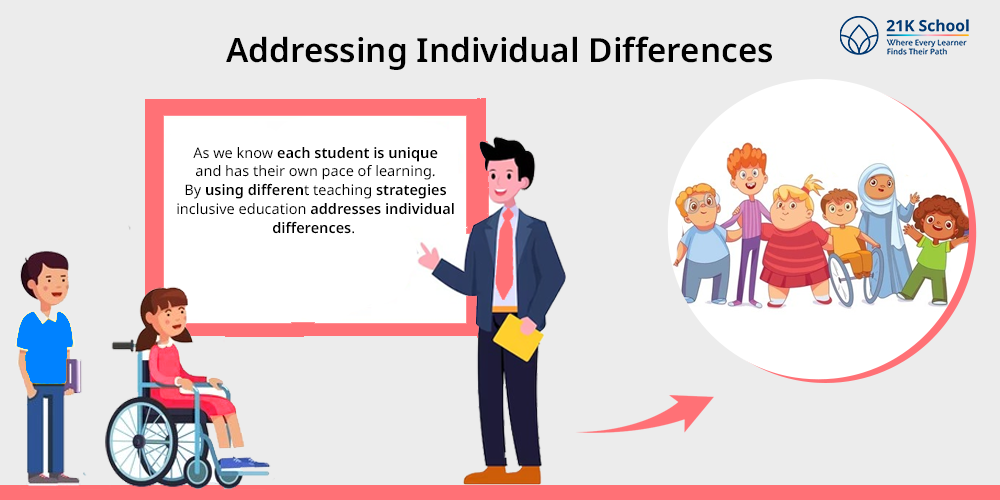
As we know each student is unique and has their own pace of learning. By using different teaching strategies inclusive education addresses individual differences.
Teachers can use learning profiles, provide one-on-one support when needed and encourage self-paced learning opportunities.
This technique supports students’ academic success and personal growth in life.
9. Open Communication
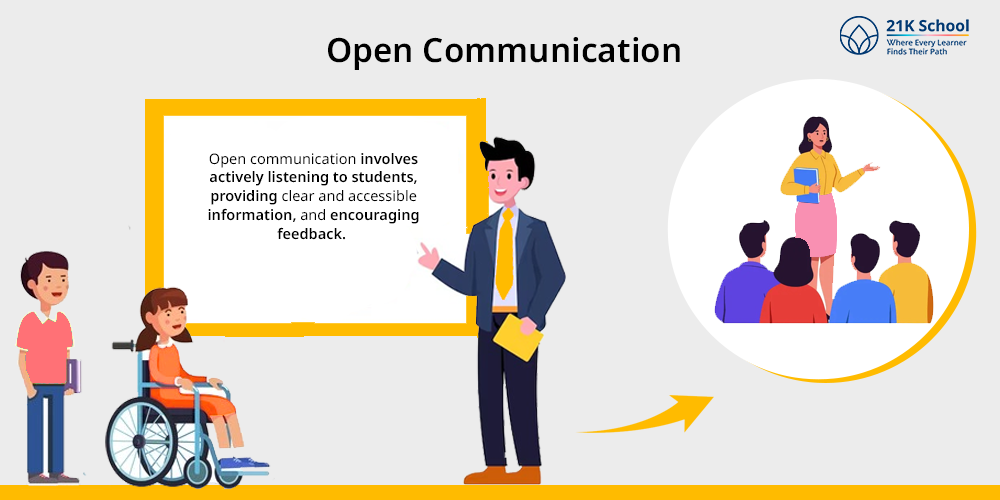
In inclusive education open communication refers to frequent, respectful connection among teachers, students, and families.
Open communication involves actively listening to students, providing clear and accessible information, and encouraging feedback.
Challenges and Solutions in Implementing Inclusive Strategies
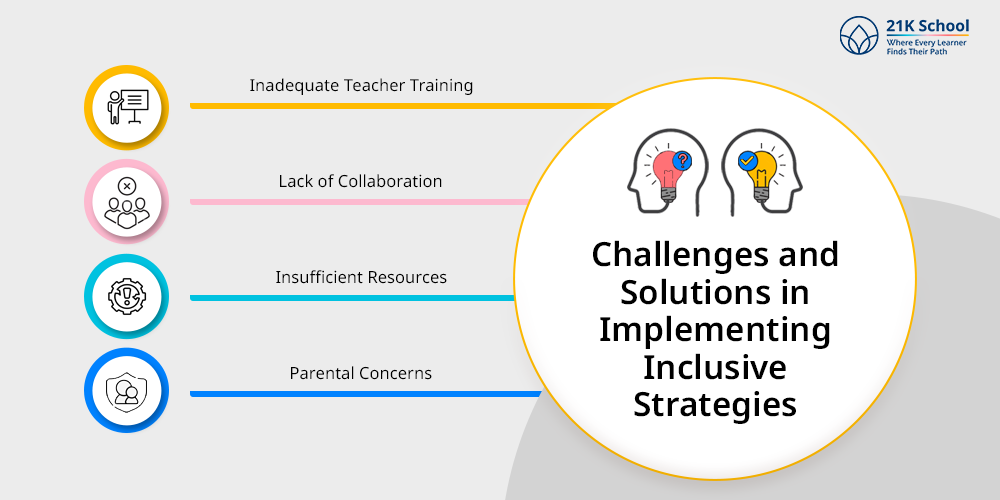
Implementation of inclusive strategies come up with various challenges which need to be addressed for better solutions.
Here’s are some common challenges of inclusive education and solutions for effective learning:
1. Inadequate Teacher Training
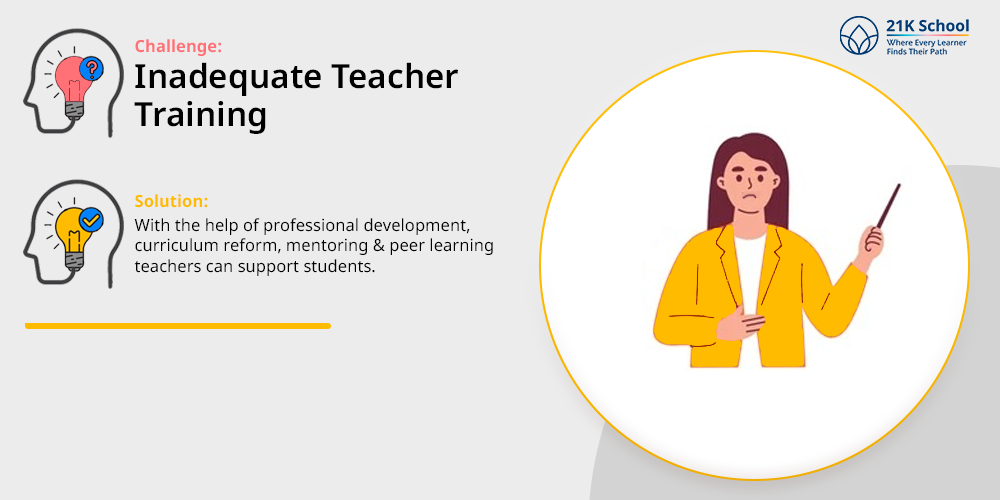
There are many teachers who lack the required skills and knowledge to effectively support diverse students in inclusive classrooms.
Solution:
With the help of professional development, curriculum reform, mentoring & peer learning teachers can support students.
2. Lack of Collaboration
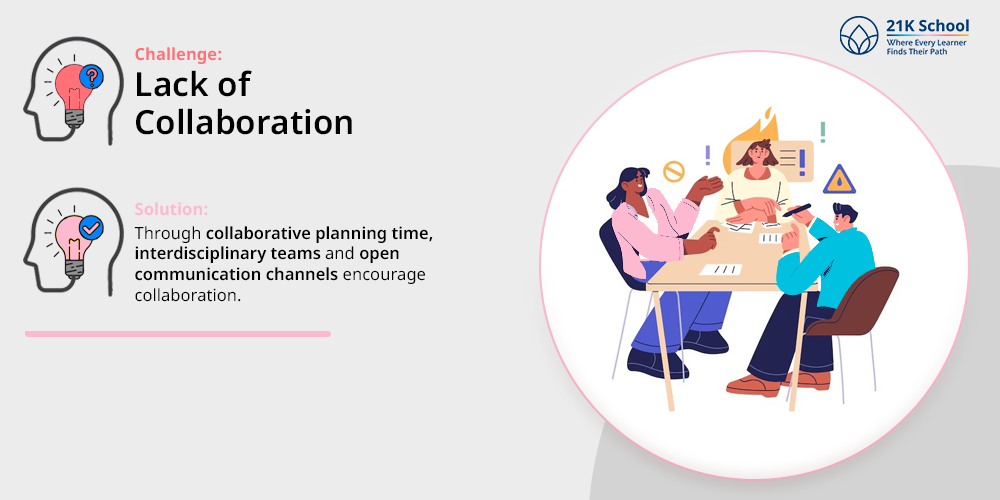
In inclusive education the need for collaboration between teachers, parents, students counselors, and other professionals is required.
A lack of coordination can result in fragmented support and overlooked student needs.
Solution:
Through collaborative planning time, interdisciplinary teams and open communication channels encourage collaboration.
3. Insufficient Resources

Many times schools have insufficient resources, tools, materials, or staffing to effectively support, especially for inclusive education.
Solution:
By prioritizing the budget, leveraging community support like NGOs and using affordable adaptations can be helpful for inclusive education.
4. Parental Concerns
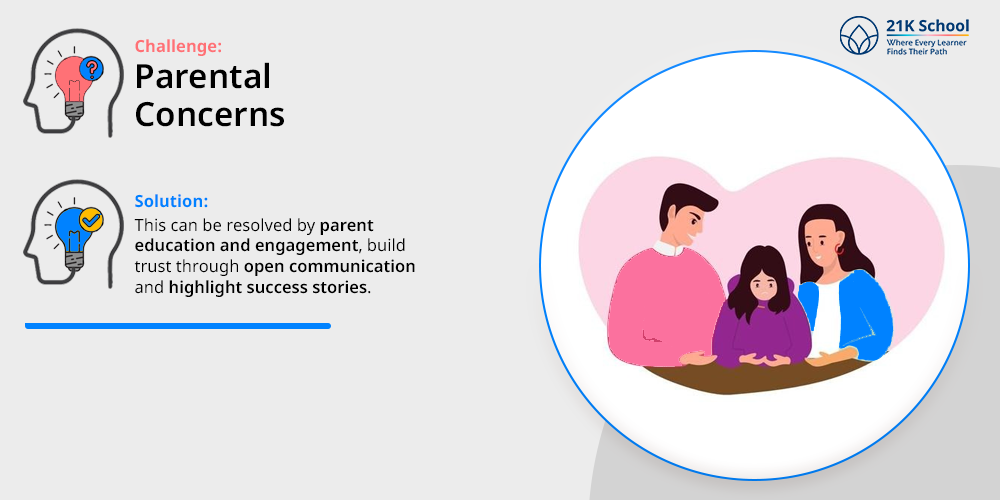
Some parents may have parental concerns about inclusive education. However, this can be a challenge that compromises their child’s learning.
Solution:
This can be resolved by parent education and engagement, build trust through open communication and highlight success stories.
Conclusion
Inclusive education works best when teaching strategies are adaptable, respectful and student-centered.
From using different ways to teach to implement it efficiently, each strategy plays a crucial role in building a classroom where every student feels important and empowered.
By understanding the problems of inclusive education and applying these strategies, teachers create not just inclusive lessons, but inclusive futures.
Now, every student gets the opportunity to succeed, participate, and develop. Also read What is the difference between inclusive education vs integrated education .

